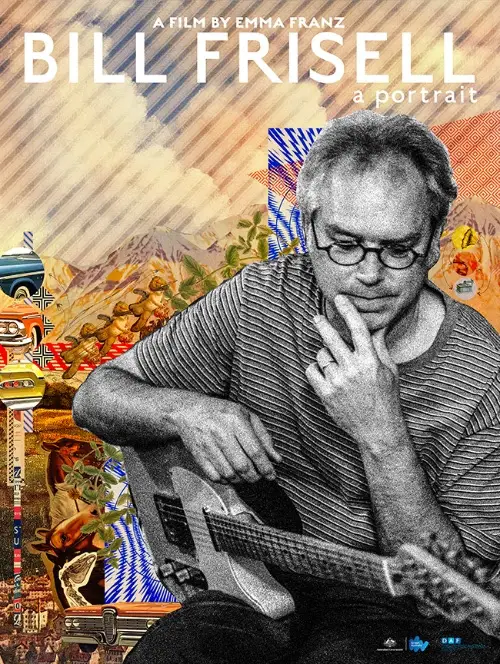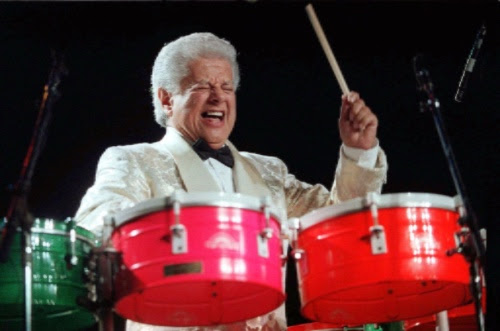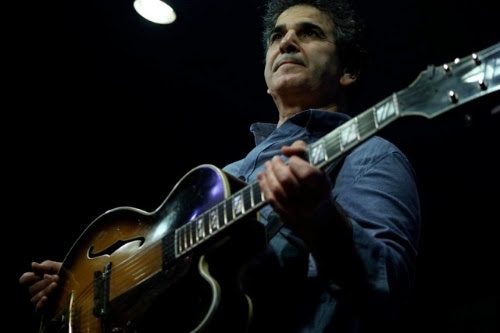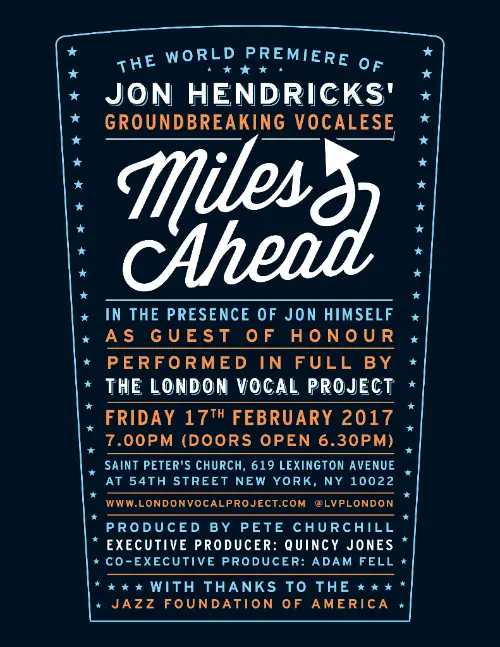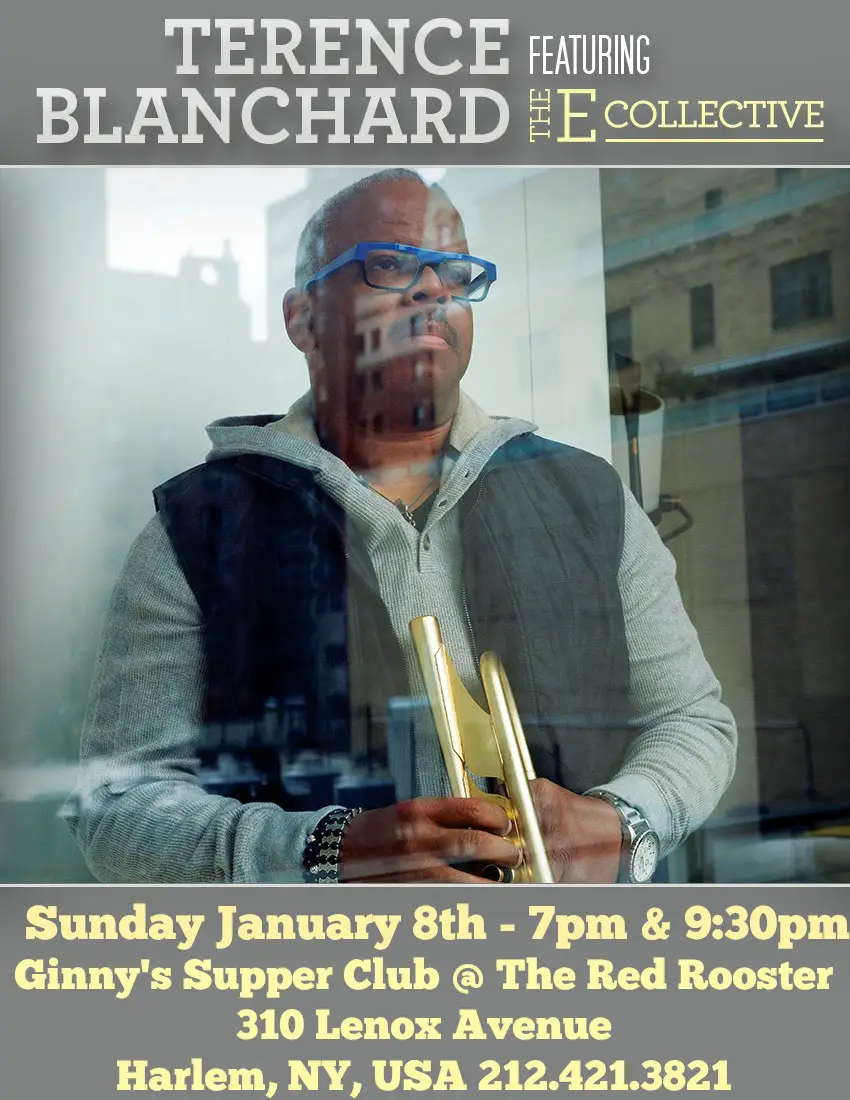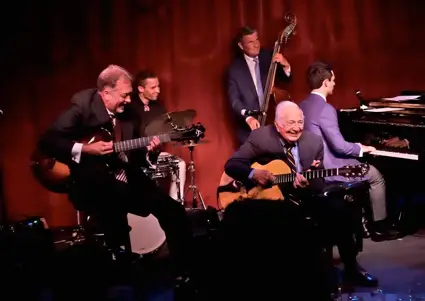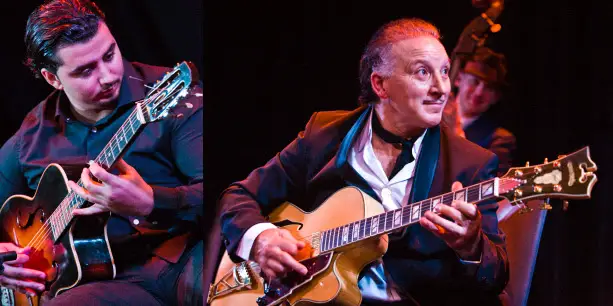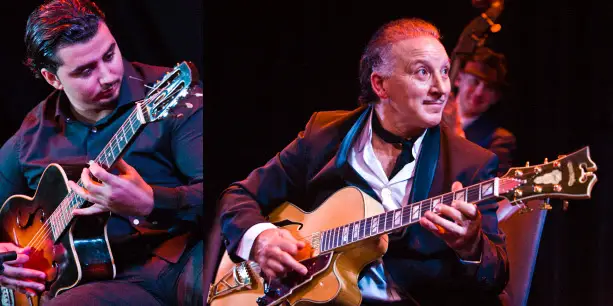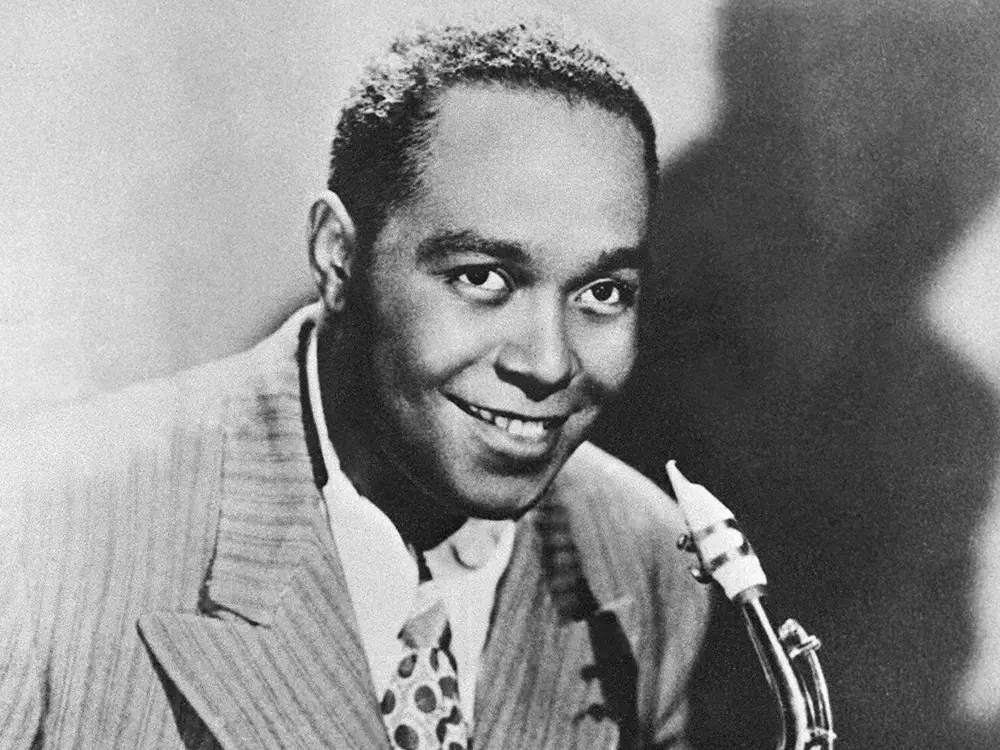This February for Black History Month, the Louis Armstrong House Museum will honor the most influential band in jazz history, Louis Armstrong and His Hot Five through its new exhibit: Hotter Than That – 90 Years of Louis Armstrong and His Hot Five. The Hot Five began recording in November 1925 but really hit their stride with their records of February 1926, including hits such as "Heebie Jeebies" and "Cornet Chop Suey."
This exhibit celebrates these landmark recordings that were the first records ever to be issued under Armstrong’s own name and represents the ground breaking recorded legacy of Louis Armstrong and this immortal group, whose music continues to influence future generations. As Armstrong himself said of his Hot Five recordings in 1970, “Ain’t nothing like it since, and can’t nobody play nothing like it now. My oldest record, can’t nobody touch it.”
In honor of Black History Month, visitors to the museum will take home part of the exhibit with a special collectable reproduction of one of Armstrong's early scrapbook pages, charting his meteoric rise to stardom in Chicago in the 1920s. Each collectable will also feature an appreciation of the Hot Fives by Director of Research Collections Ricky Riccardi, which will include Armstrong's own words on this vaunted series of recordings.
Ricky Riccardi, Director of Research Collections at the Louis Armstrong House Museum, noted, "Louis Armstrong's Hot Five recordings are the most important recordings in jazz history, bar none. Everything stems from them and from Louis specifically. We hope this exhibit pays proper tribute to this landmark group but most of all, we hope it will make visitors further explore their music."
And to further enrich visitor experience in February, visitors will hear commentary from Louis himself in his own words through the trumpeter's private reel-to-reel tape collection. The selected recordings feature Armstrong's role as a Civil Rights pioneer, including his late-1950s decision not to go back to his hometown of New Orleans because of a ban against integrated bands performing in public. Visitors who only know the gentle, smiling side of Satchmo will come away with a new appreciation for Armstrong's role in breaking down racial barriers.
About the Louis Armstrong House Museum:
The Louis Armstrong House Museum is located at 34-56 107th Street in Corona, Queens, New York. The museum is open Tuesday – Friday from 10:00 am to 5:00 pm and Saturday/Sunday from 12:00 noon – 5:00 pm. Travel directions and more atLouisArmstrongHouse.org or 718.478.8274.
90 Years of Louis Armstrong's Hot Fives






